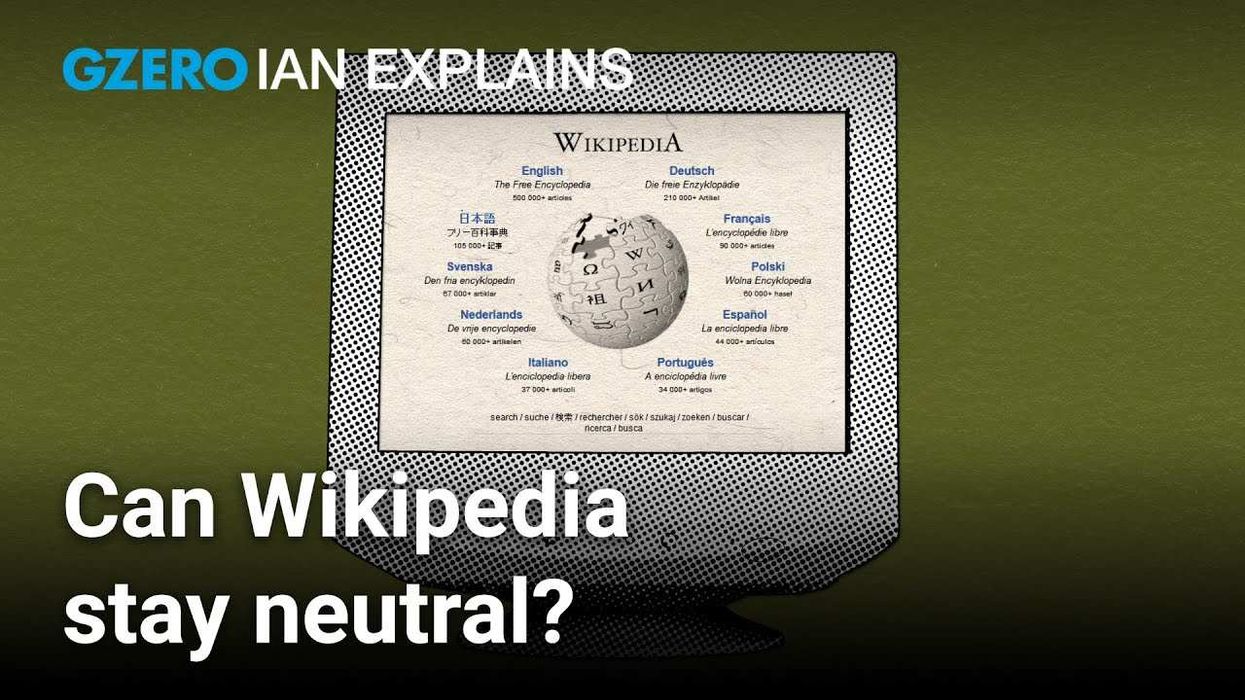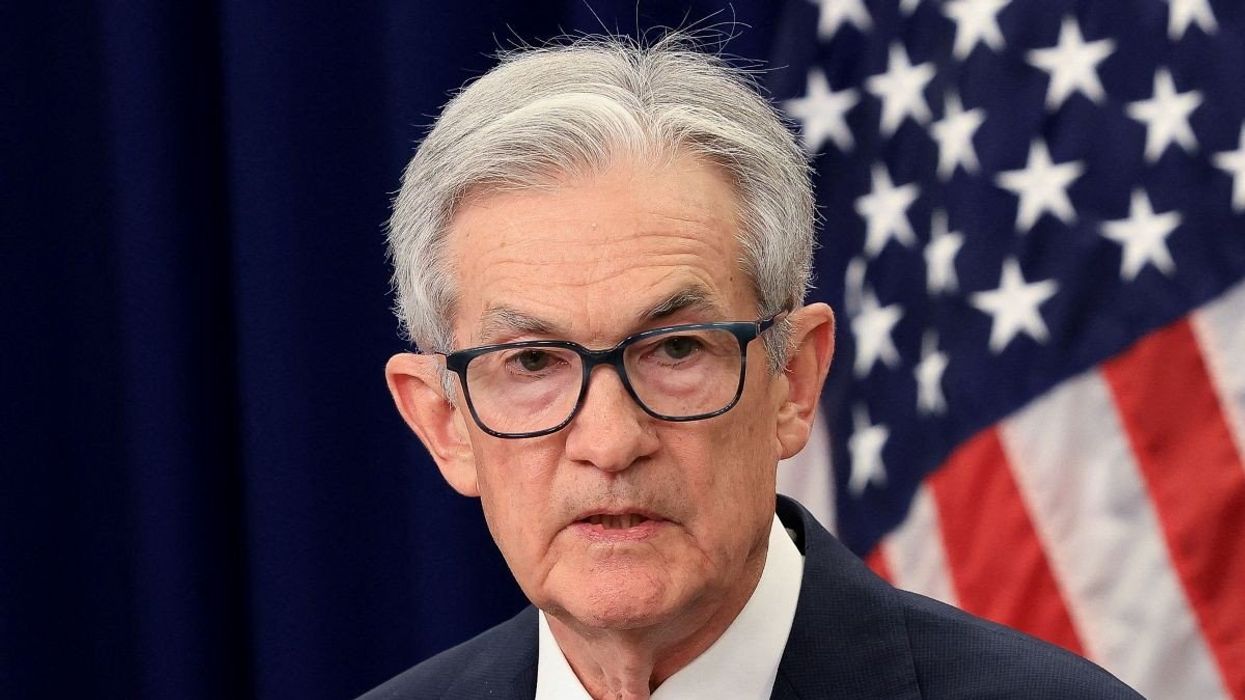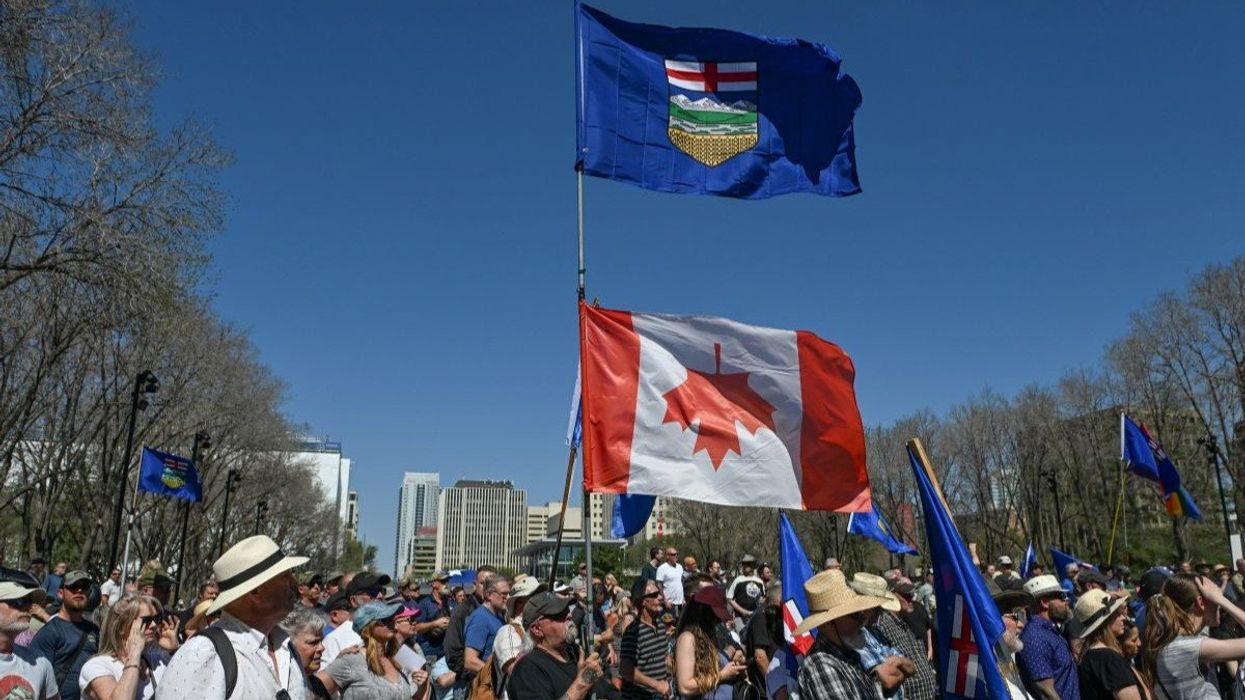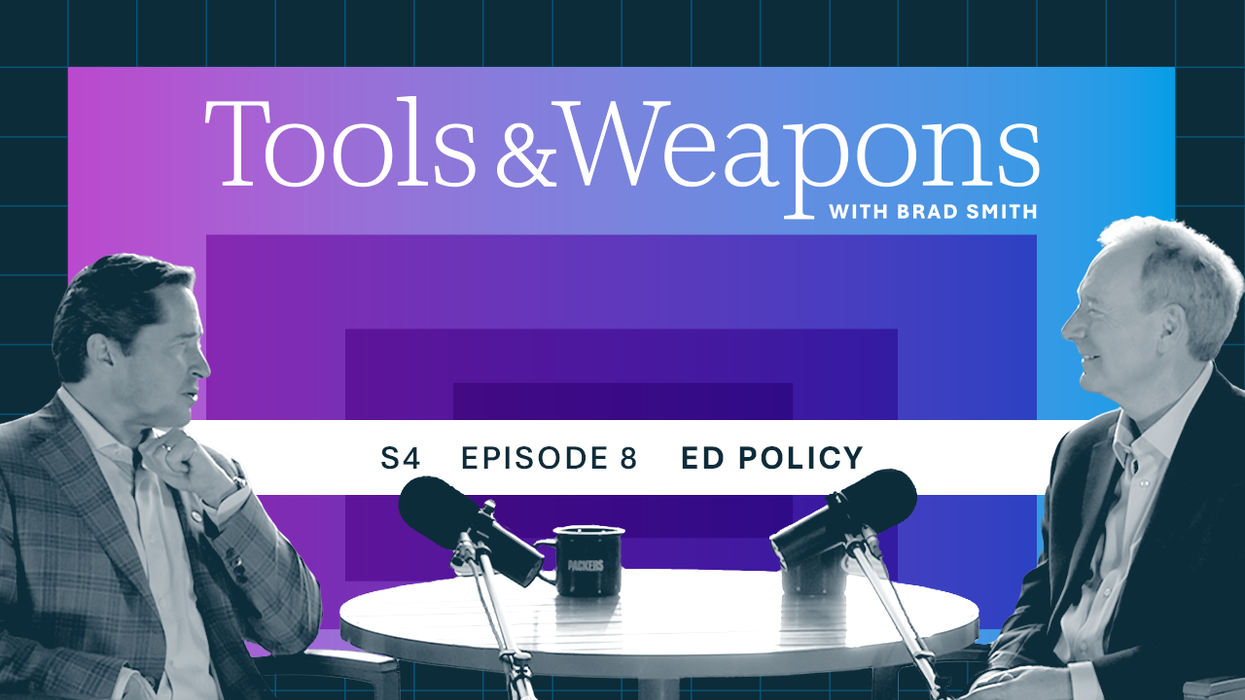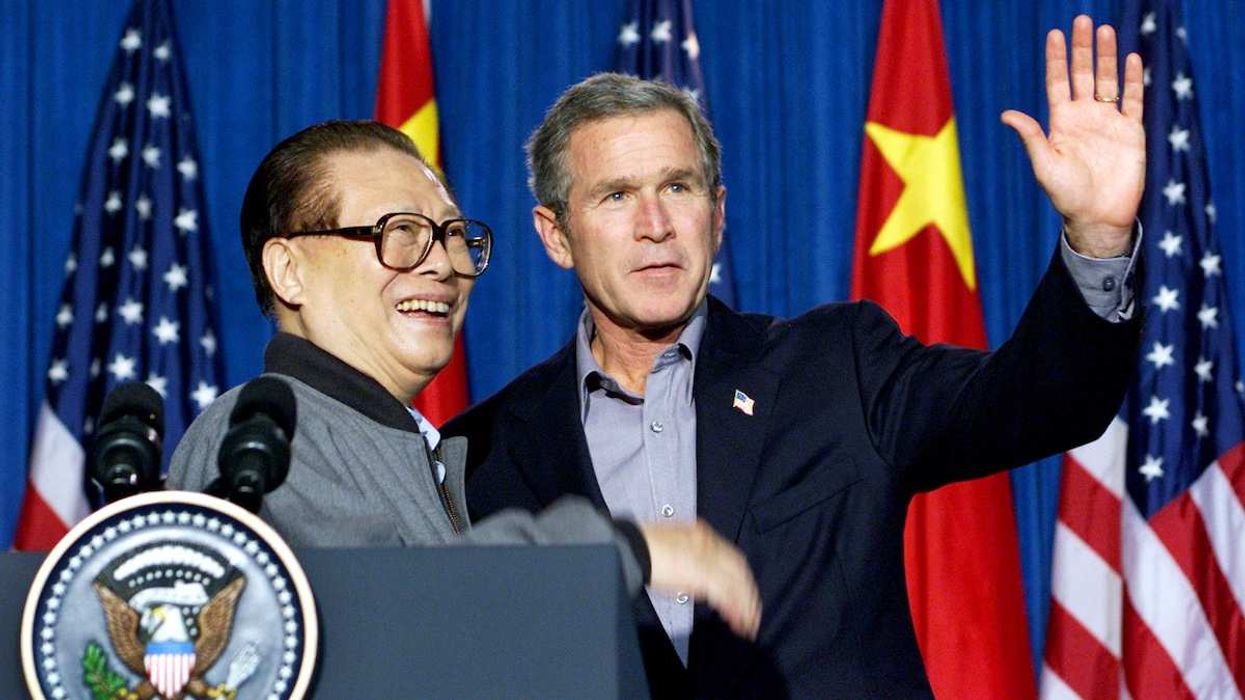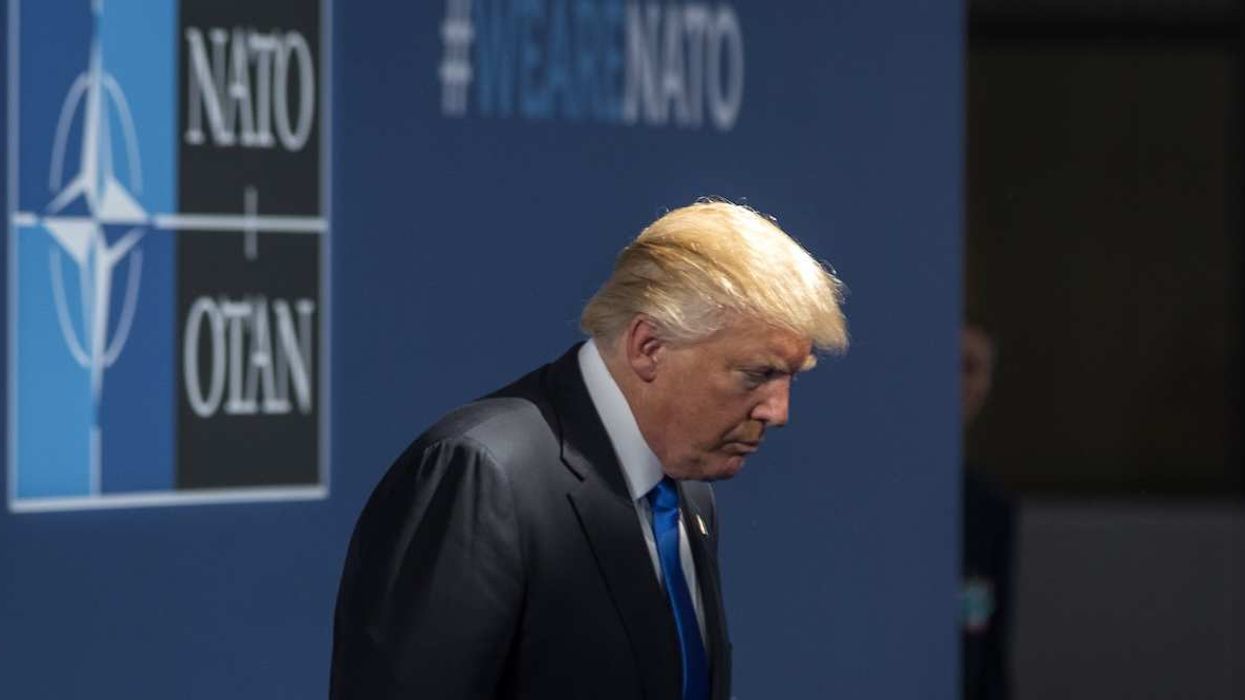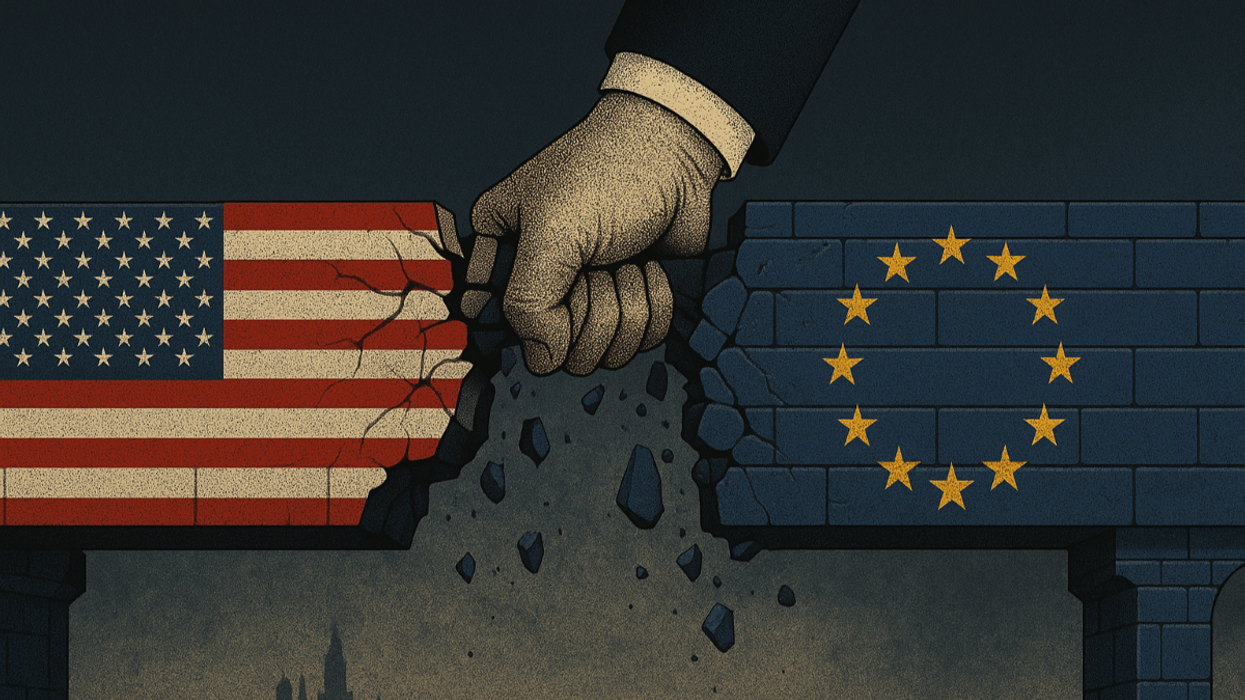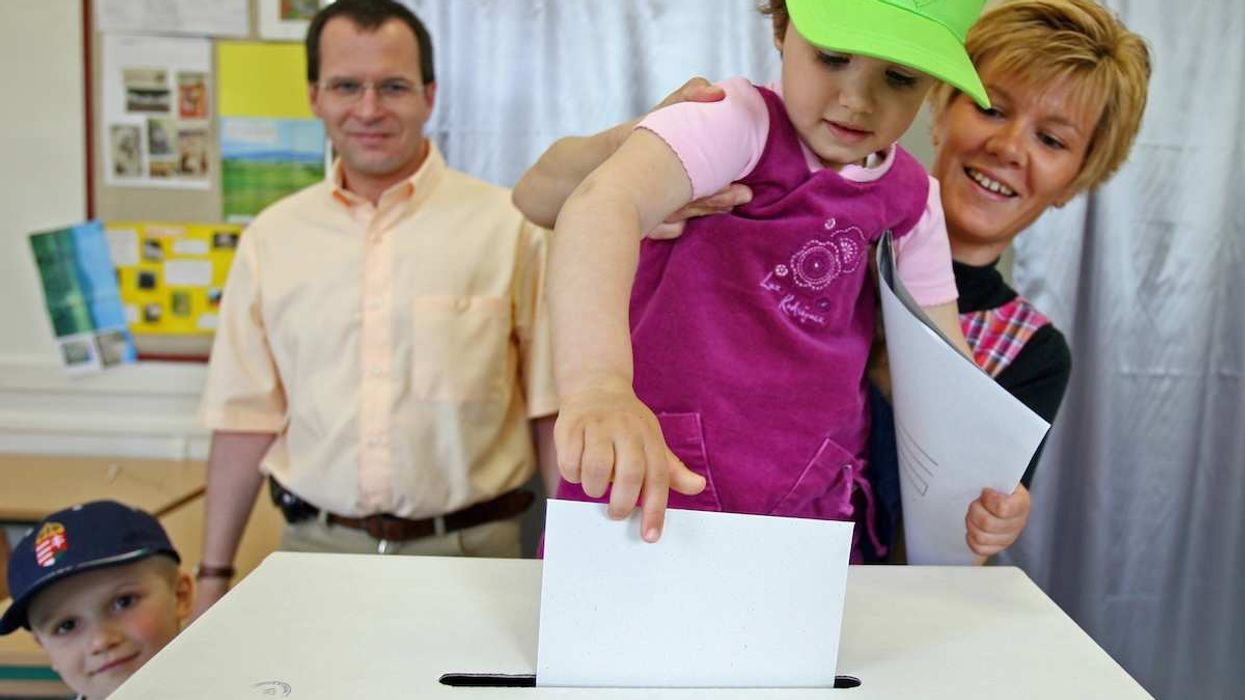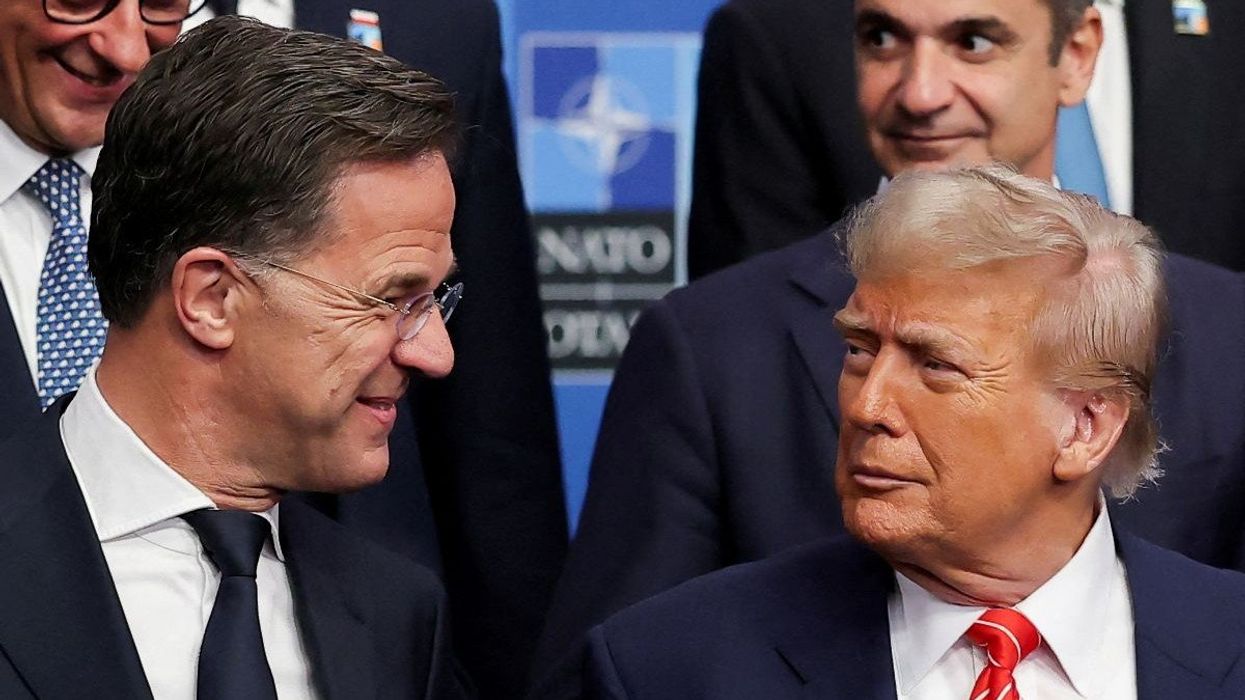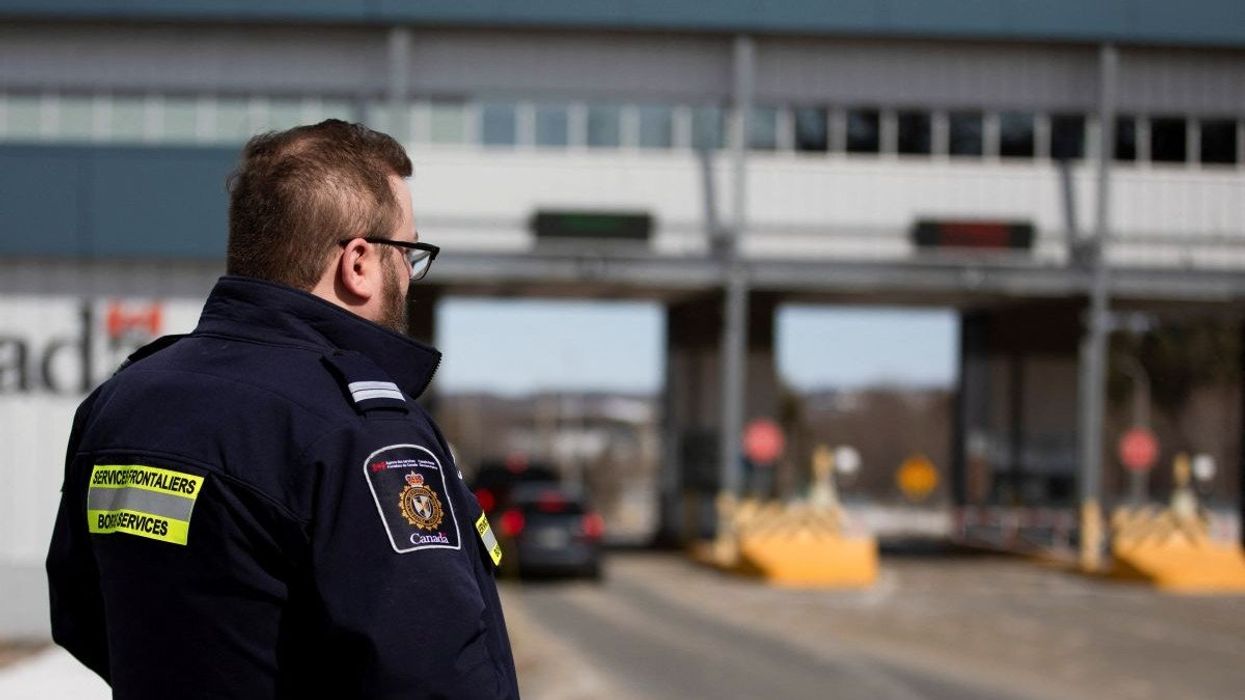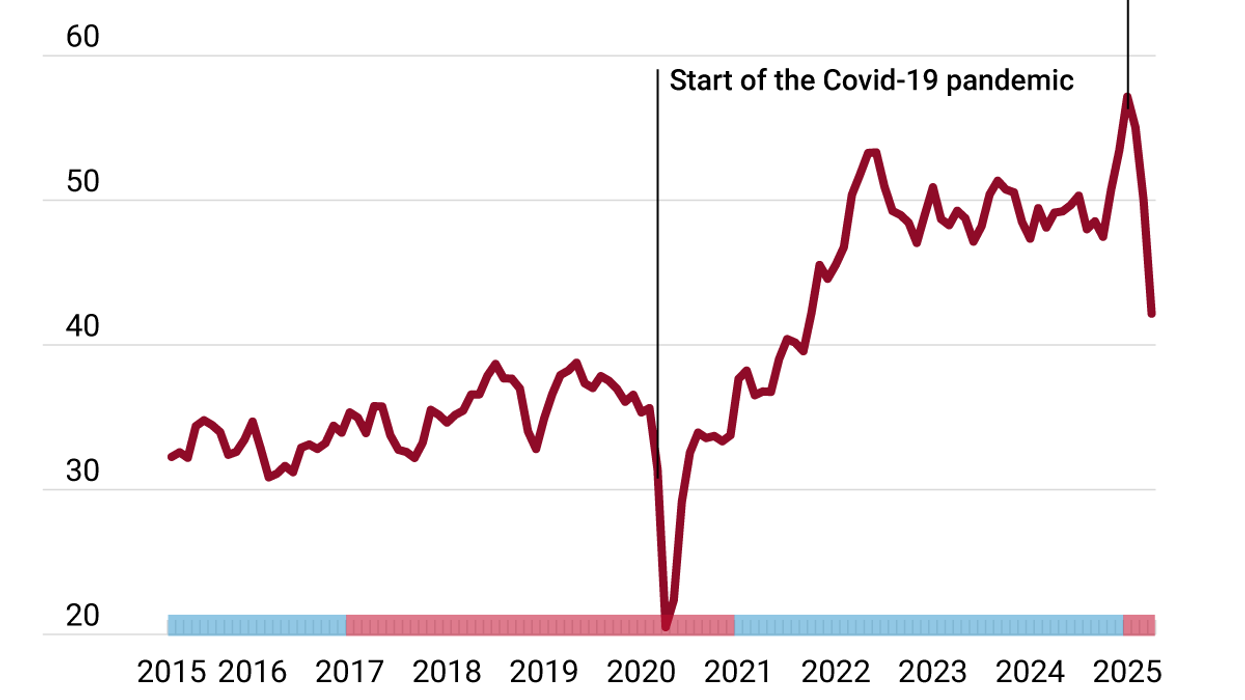Canada’s election on Monday was marked by unexpected twists from start to finish. While the Liberals staged a comeback to claim a fourth successive mandate to govern, voters at the local level triggered major changes: Over 60 ridings threw out their incumbent parties, leading to some unexpected upsets.
Chief among them was the stunning defeat of Conservative leader Pierre Poilievre, who lost his long-held Ottawa-area seat to Liberal candidate Bruce Fanjoy. Poilievre had represented the riding since 2004, but Fanjoy attributed his victory to Poilievre’s focus on his national campaign and apparent neglect of local concerns. To remain as leader of the opposition, Poilievre will need a fellow Conservative MP to step aside so he can run in a by-election — a process likely to delay his return to Parliament until the fall.
Poilievre wasn’t the only party leader to suffer a loss. NDP Leader Jagmeet Singh also lost his seat to a Liberal challenger and subsequently announced his resignation. The NDP secured just 6.3% of the national vote, falling short of the 12 MP threshold required for official party status.
Meanwhile, the Conservatives made significant inroads in Ontario, particularly in the southwest. In Windsor West – the country’s automotive heartland – Conservative candidate Harb Gill unseated a two-decade NDP incumbent. The riding had drawn high-profile attention during the campaign, with both Liberal leader Mark Carney and Singh making stops there to show support for autoworkers impacted by Donald Trump’s tariffs.
What surprised you most about the election results? Let us know here.






